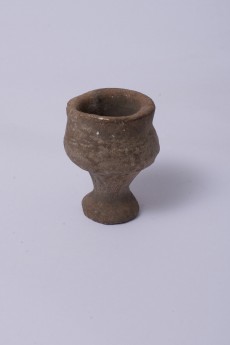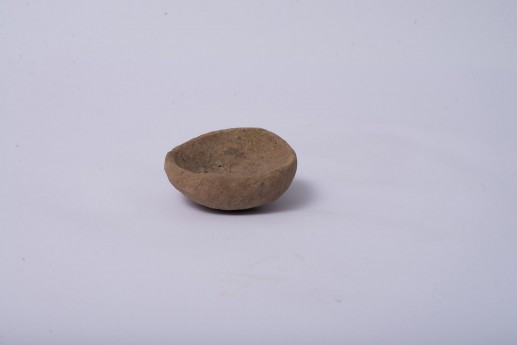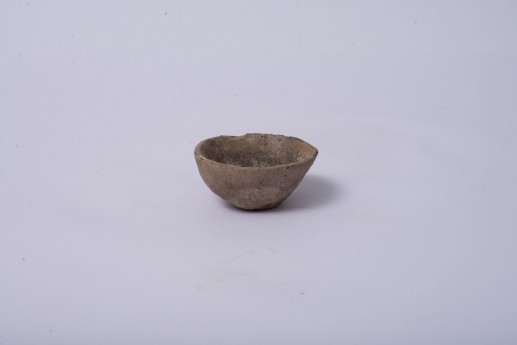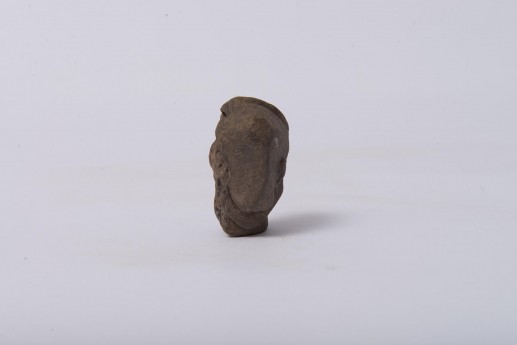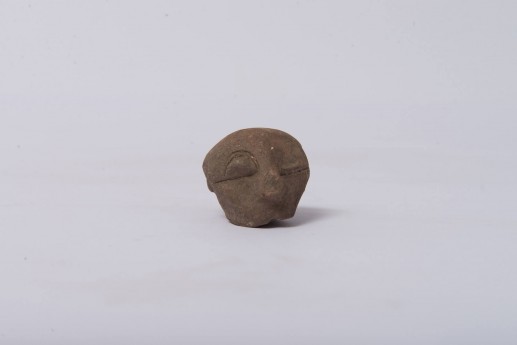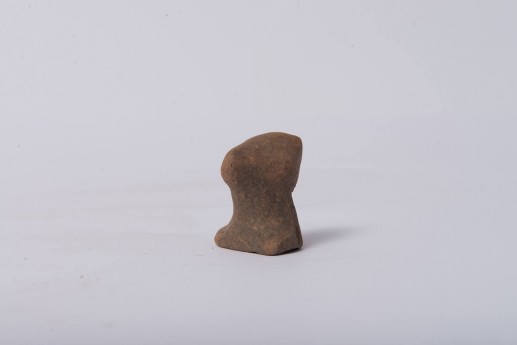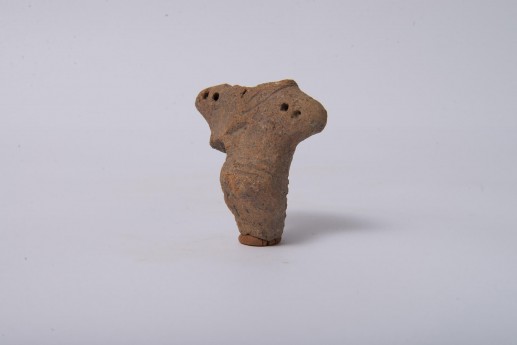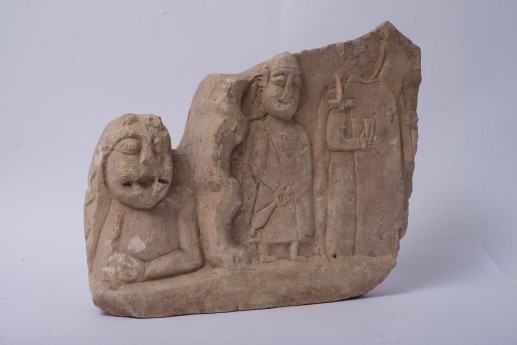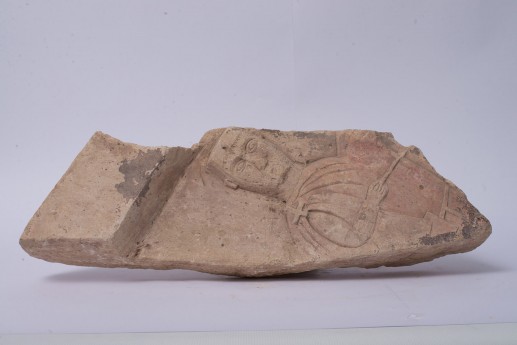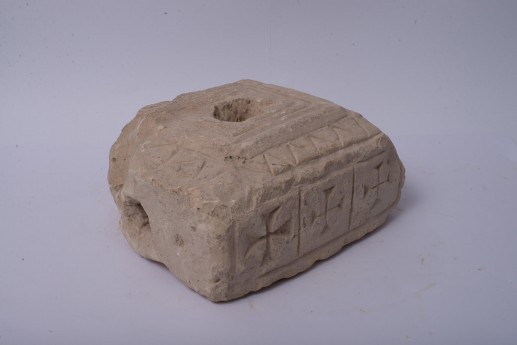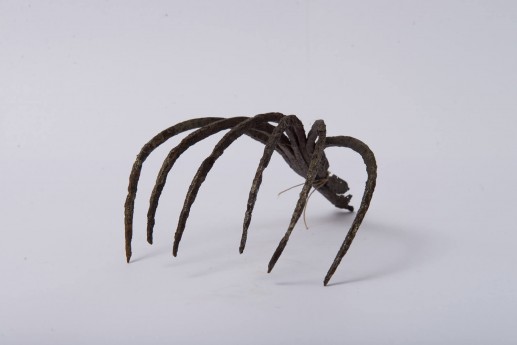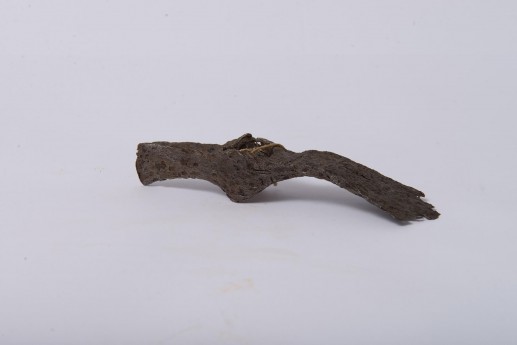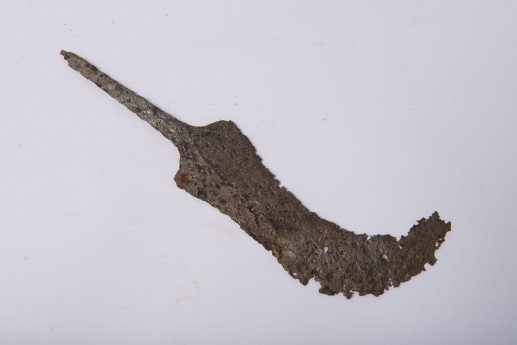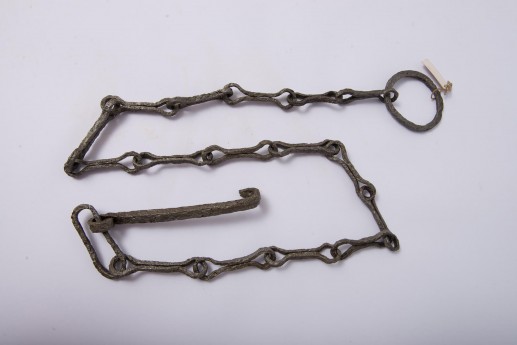Archeological collection
Archeological collection
Horreum margi
The archeological collection is the most numerous and diverse with about 3000 listed items and numerous study materials. The items in this collection have mostly been brought to the museum as a result of archaeological research and less as a gift.
There are objects of material culture from the Neolithic - Early Stone Age (4500-3000 BC) of the archeological site of "Stublin" in Supska near Cuprija, Halstat and Laten - older and younger Iron Age (10th - 3rd century BC, Roman (1st - 5th century AD), Middle Ages, Turkish, Ausrtian and modern times.
- The prehistoric collection consists of objects from the archeological site "Stublin" in Supska (4500-3000 BC). Most of these items were obtained through archaeological research conducted by Milutin and Draga Garasanin. Almost all the objects of the prehistoric collection were part of the collection of the former museum of Cuprija and are made up of useful and ritual objects of Vinca culture. The most represented are parts of the ceramic vessels, the altars and the fragments of characteristic figurines.
- The antique collection consists of objects from the archeological site "Horreum Margi", which have been recovered by archaeological excavations at this site on several occasions. The largest part of this collection is made of stone plastic but metal objects, mostly tools, are also represented. Among the movable cultural goods i.e. exhibits, what stands out in this collection ise the imperial epigraphic inscription of Emperor Valentinian from 364 BC with the ancient name of the town "Horreum Margi" found in 1964 on the site "Kasarna" and the relief of the god Mitra, who was found at the same site in 1990 during the archaeological research. Besides immovable cultural property, there is the fact that the Museum itself is located on the eastern rampart of the ancient city "Horreum Margi" from the 4th century BC, which continues to the northeast tower and the northern rampart of that Roman fortification. Northeast tower was discovered in 1989, after which there were occasional archaeological excavations in this part of the site, and significant archaeological research was done in 2018 and 2019, so that this object is more adequately accessible to the general public. This is the most explored and the only part of the site of the ancient city "Horreum Margi" that is accessible to the public, since most of the site is located below the territory of the Barracks.
- The medieval collection consists of objects found during archaeological excavations within the ramparts of the Ravanica monastery, and is mostly made of stone plastic from the bifora and trifor of the Church of the Assumption of the Blessed Virgin. The permanent exhibit features a variety of useful metal, glass and ceramic items.





